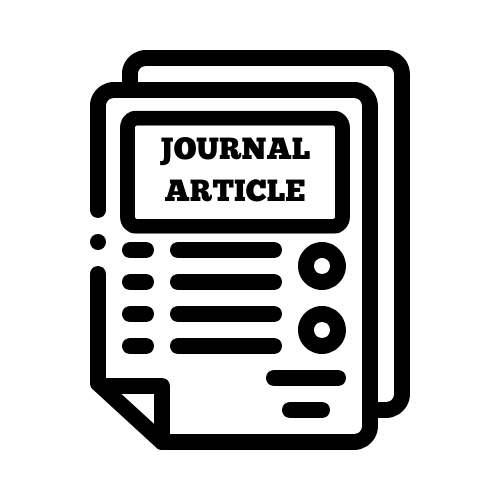Options
Community guidelines to increase the reusability of marine microfossil assemblage data
Journal
Journal of Micropalaeontology
ISSN
2041-4978
Date Issued
2025-05-28
Author(s)
Lukas Jonkers
Tonke Strack
Montserrat Alonso-Garcia
Simon D'haenens
Robert Huber
Michal Kucera
Iván Hernández-Almeida
Chloe L. C. Jones
Brett Metcalfe
Rajeev Saraswat
Lóránd Silye
Sanjay K. Verma
Muhamad Naim Abd Malek
Gerald Auer
Cátia F. Barbosa
Maria A. Barcena
Karl-Heinz Baumann
Flavia Boscolo-Galazzo
Joeven Austine S. Calvelo
Lucilla Capotondi
Martina Caratelli
Jorge Cardich
Humberto Carvajal-Chitty
Markéta Chroustová
Helen K. Coxall
Renata M. de Mello
Anne de Vernal
Paula Diz
Kirsty M. Edgar
Helena L. Filipsson
Ángela Fraguas
Heather L. Furlong
Giacomo Galli
Natalia L. García Chapori
Robyn Granger
Jeroen Groeneveld
Adil Imam
Rebecca Jackson
David Lazarus
Julie Meilland
Marína Molčan Matejová
Raphael Morard
Caterina Morigi
Sven N. Nielsen
Diana Ochoa
Maria Rose Petrizzo
Andrés S. Rigual-Hernández
Marina C. Rillo
Matthew L. Staitis
Gamze Tanık
Raúl Tapia
Nishant Vats
Bridget S. Wade
Anna E. Weinmann
DOI
10.5194/jm-44-145-2025
Abstract
Data on marine microfossil assemblage composition have multiple applications. Initially, they were primarily used for (chrono)stratigraphy and palaeoecology, but these data are now also widely used to study evolutionary and ecological processes, such as past biodiversity and its links with environmental dynamics, or to provide a basis for conservation efforts and biomonitoring. The large range of potential applications renders microfossil abundance data ideal for reuse. However, the complexity inherent in taxonomic data, which encompass extant and extinct species, coupled with the inherent intricacies of information on biological communities extracted from sedimentary archives, poses considerable hurdles in reusing marine microfossil data, even when they are publicly available. Here, we present guidelines derived from an online survey conducted within the marine micropalaeontological community, aimed at improving the reusability of microfossil assemblage data. These guidelines advocate for clarity and transparency in the documentation of the methods and the outcome, and we outline the data attributes required for effective reuse of micropalaeontological data. These guidelines are intended for researchers who generate microfossil abundance datasets and for reviewers, editors, and data curators at repositories. A total of 113 researchers evaluated the relevance of about 50 data attributes that might be needed to enable and maximise the reuse of marine microfossil abundance datasets. Each property is ranked based on the survey results. All information is, in principle, considered “desired”. Information that improves the reusability is ranked as “recommended”, and information that is required for reuse is ranked as “essential”. Analysis of a selection of datasets available online reveals a rather large gap between data properties deemed essential by survey participants and what is actually contained in publicly available microfossil assemblage datasets. While the survey indicates that the micropalaeontological community values good data stewardship, improving data reusability still requires new efforts to incorporate all the essential information. The guidelines presented here are intended as a step in that direction. Determining the optimal forms and formats for data sharing are obvious next steps the community needs to take. © Author(s) 2025.
File(s)
Loading...
Name
j.png
Size
17.27 KB
Format
PNG
Checksum
(MD5):85f5e85fa8f8c13d7350540217a227b6
